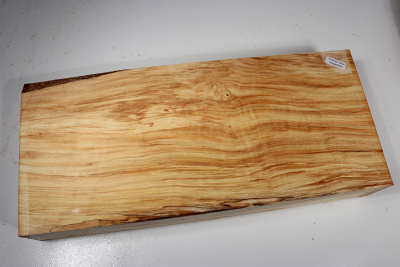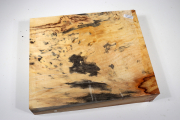 The horse chestnut (Aesculus hippocastanum), also known as the conker tree, has its origins from the Balkan peninsula but has since spread throughout Central Europe. The seeds are prized for their medicinal and cosmetic uses. The seeds, bark, leaves, and flowers contain an ingredient that strengthens the vascular system and has anti-coagulant and anti-inflammatory effects. Treatments made from horse chestnut are used, for example, to treat gastric and intestinal ulcers, uterine bleeding, varicose veins, and hemorrhoids. The seeds also provide saponin for the preparation of cosmetics, paints, and foams, while the starch is fermented into alcohol and lactic acid and the oil is processed into silk powder. The seeds are also used for the winter feeding of red deer, roe deer, and other hoofed species.
The horse chestnut (Aesculus hippocastanum), also known as the conker tree, has its origins from the Balkan peninsula but has since spread throughout Central Europe. The seeds are prized for their medicinal and cosmetic uses. The seeds, bark, leaves, and flowers contain an ingredient that strengthens the vascular system and has anti-coagulant and anti-inflammatory effects. Treatments made from horse chestnut are used, for example, to treat gastric and intestinal ulcers, uterine bleeding, varicose veins, and hemorrhoids. The seeds also provide saponin for the preparation of cosmetics, paints, and foams, while the starch is fermented into alcohol and lactic acid and the oil is processed into silk powder. The seeds are also used for the winter feeding of red deer, roe deer, and other hoofed species.
The horse chestnut grows relatively quickly and reaches heights up to 100 feet and can live for three or four centuries. It is, however, very much at risk to the horse-chestnut leaf miner, which comes from Asia. The horse chestnut was named tree of the year in 2005 and medicinal plant of the year in 2008.
The wood of the horse chestnut is medium hard and medium heavy. The trunk wood is rather simple and quite bright. It is an outstanding wood for turning, although it tends to be overlooked for this application. The burl is especially beautiful and is mainly processed into veneer.
Dimensions: approx. 390 x 170 x 60 mm
You will get the shown piece!
The piece is dry and can be processed immediately
Finely grained wood may contain imperfections such as open knots, bark inclusions, or cracks that are typical of the species. These flaws come from the way the tree has grown and are completely natural. They can usually be filled with low-viscosity cyanoacrylate (super glue) and wood dust.


